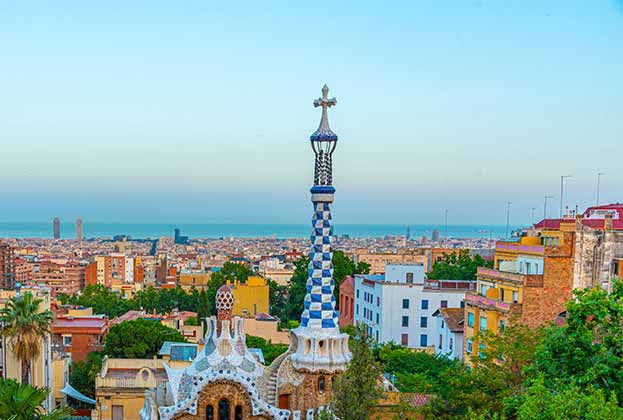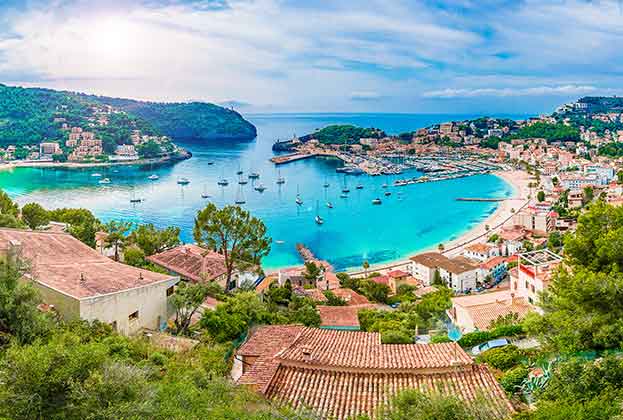Spain has enduring appeal with Marbella and the Balearic Islands particularly popular.
Spanish lenders were not particularly competitive until last year when rates and margins started to fall. The choice of lender has been narrower than in France due to the absence of private banks offering finance but this is changing with new banks showing an interest in some destinations.
A maximum LTV of 70 per cent is available but not on property that would be classed as rural or those of too high or low value. A further exception would be for a Spanish company purchases where the LTV would be lower and the maximum term shorter.
Loans are always on a repayment basis, with an option of variable and fixed rates. Long-term fixed rates of up to 20 years are competitively priced. It is worth bearing in mind that Spanish banks will not let you raise money on a property you already own at a later date, while UK banks can’t take a charge on a property in Spain either.
Private banks tend not to offer a stand-alone mortgage but are relationship-driven so require assets to be pledged. They can be more flexible than high-street banks, for example, where a borrower has international or offshore income. Typically, lending would be over a shorter term – five or 10 years – and interest only could be available.
There are no age restrictions or requirements for life assurance and more complicated ownership structures are usually acceptable.
Further information
Read our guides on how to get a mortgage in Portugal and France or view available properties for sale in Spain
.jpg)
.jpg)




.jpg)
.jpg)


